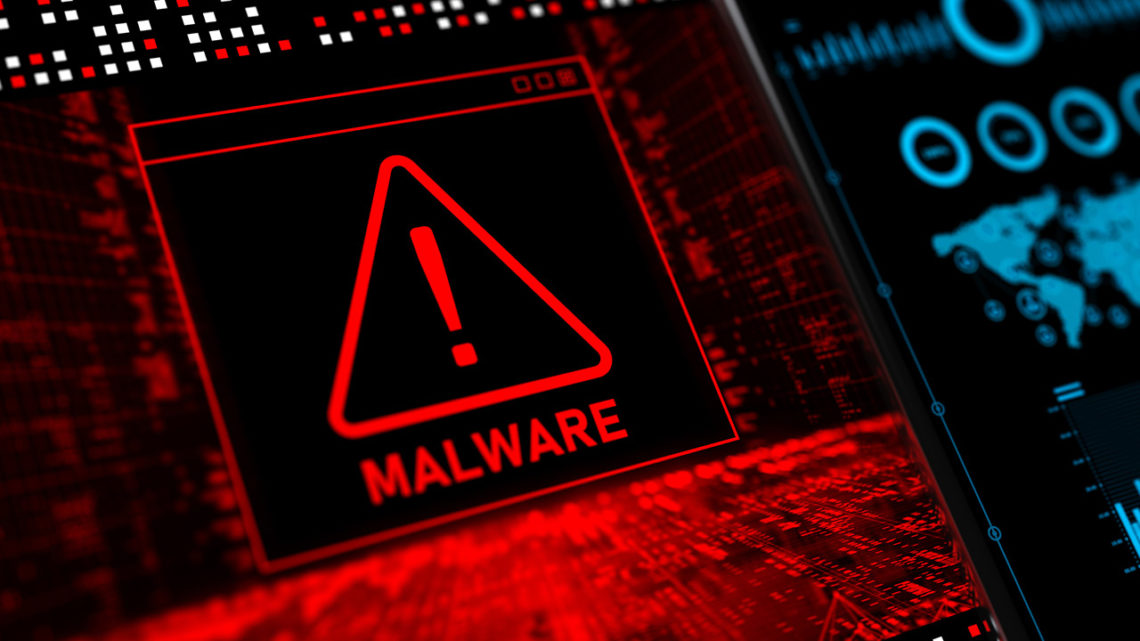The term malware describes any types of software that is intended to cause harm. It includes viruses, Trojans, worms, spyware and ransomware. The effects can range from mischievous to devastating, and malware can be found on computers, tablets, phones, and Internet of Things (IoT) devices, including “smart” devices such as lightbulbs, thermostats, children’s toys, security cameras, fitness trackers and many types of medical devices. In fact, the IoT has made it easier for crooks to spread malware because of the number of connected devices and the lax security on most of them.
CSO Online identifies nine types of malware:
- Viruses
Viruses corrupt files so that when a program is run, the virus is also executed. Fortunately, viruses account for a small percentage of malware (less than 10%) today. - Worms
Worms are self-replicating malicious code. Unlike viruses, users do not have to do anything to set them off. - Trojans
Trojans masquerade as legitimate programs, but they contain malicious instructions. Trojans usually arrive via email or are pushed on users when they visit infected websites. The most popular Trojan type is the fake antivirus program, which pops up and claims you’re infected, then instructs you to run a program to clean your PC. When users comply, the Trojan takes root. - Hybrids and exotic forms
Most malware today is a combination of traditional malicious programs, which may consist of Trojans, worms and even a virus. Once executed, it spreads through a network like a worm. Many of them are designed to hide from malware scans, making them hard to identify and remove. - Ransomware
Ransomware encrypts users’ file and hold them for ransom, usually a cryptocurrency payment. Ransomware has been deployed against individuals, hospitals, schools, governments and businesses of all kinds. Even if the ransom is paid, the user’s files may not be unlocked. - Fileless malware
Fileless malware spreads in memory only or using other “non-file” OS objects such as registry keys, APIs or scheduled tasks, as opposed to being an executable file. Many fileless attacks begin by exploiting an existing legitimate program, becoming a newly launched “sub-process,” or by using existing legitimate tools built into operating system. - Adware
Adware directs the user to unwanted and potentially malicious advertising. It is often more annoying than damaging. - Malvertising
Malvertising uses legitimate ads or ad networks to deliver malware to users’ computers. For example, when a user clicks on an ad on a legitimate website, code in the ad directs them to a malicious website or loads malware on their computer. - Spyware
Spyware may be used by people who want to monitor the online activities of loved ones. But it is also used by criminals to log the keystrokes of victims and gain access to passwords or other sensitive data.
Although it may not be possible to completely protect yourself from all malware, Norton offers these steps to keep your devices more secure and protect your data.
- Install antivirus and anti-malware software.
- Use caution with email attachments.
- Update and patch your software when advised to by the vendor. (Or automatically accept updates.)
- Stay away from questionable websites.
- Avoid pirated software.
- Backup your computer. This may not protect you from infection, but will allow you to recover if you suffer an attack.



